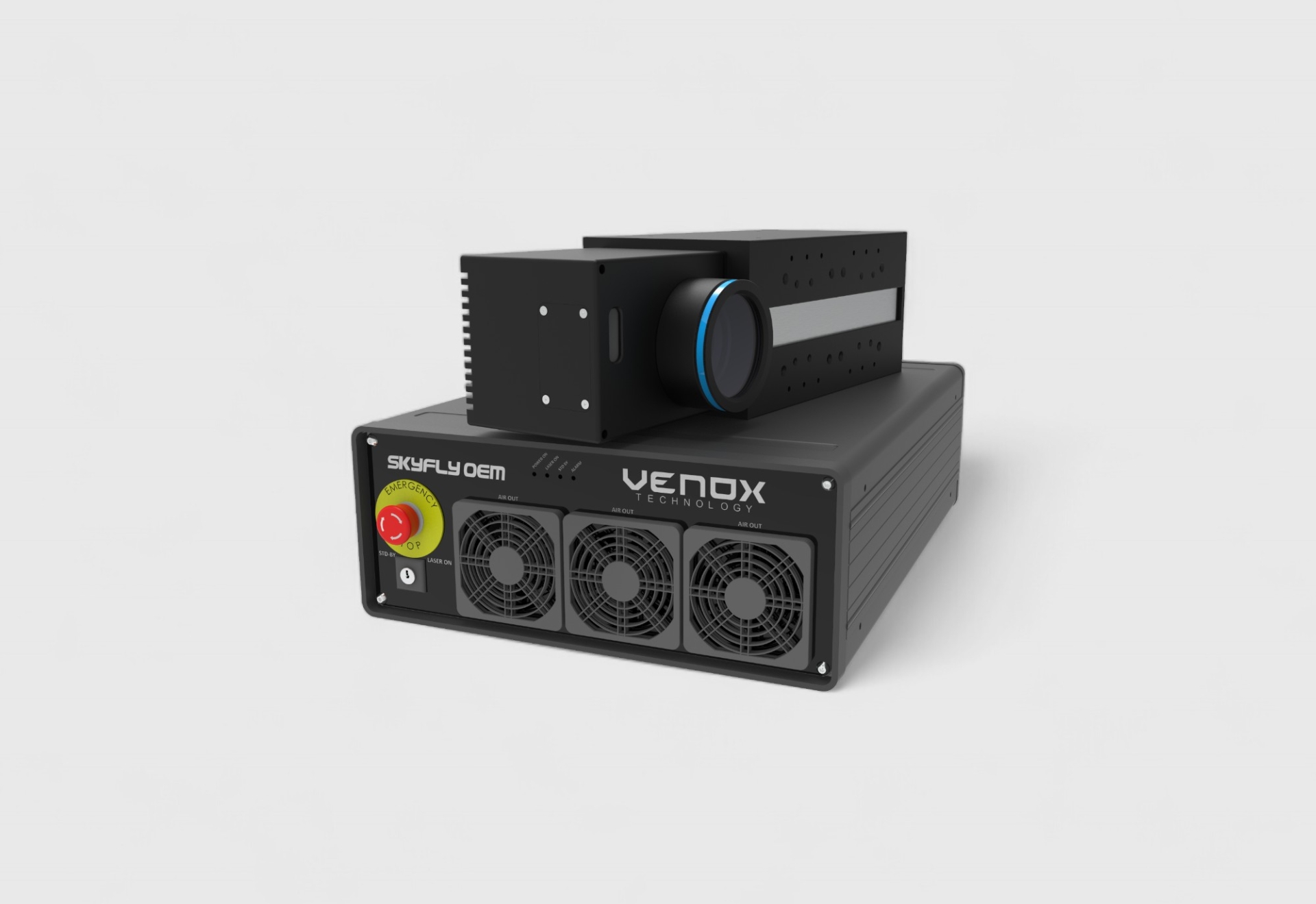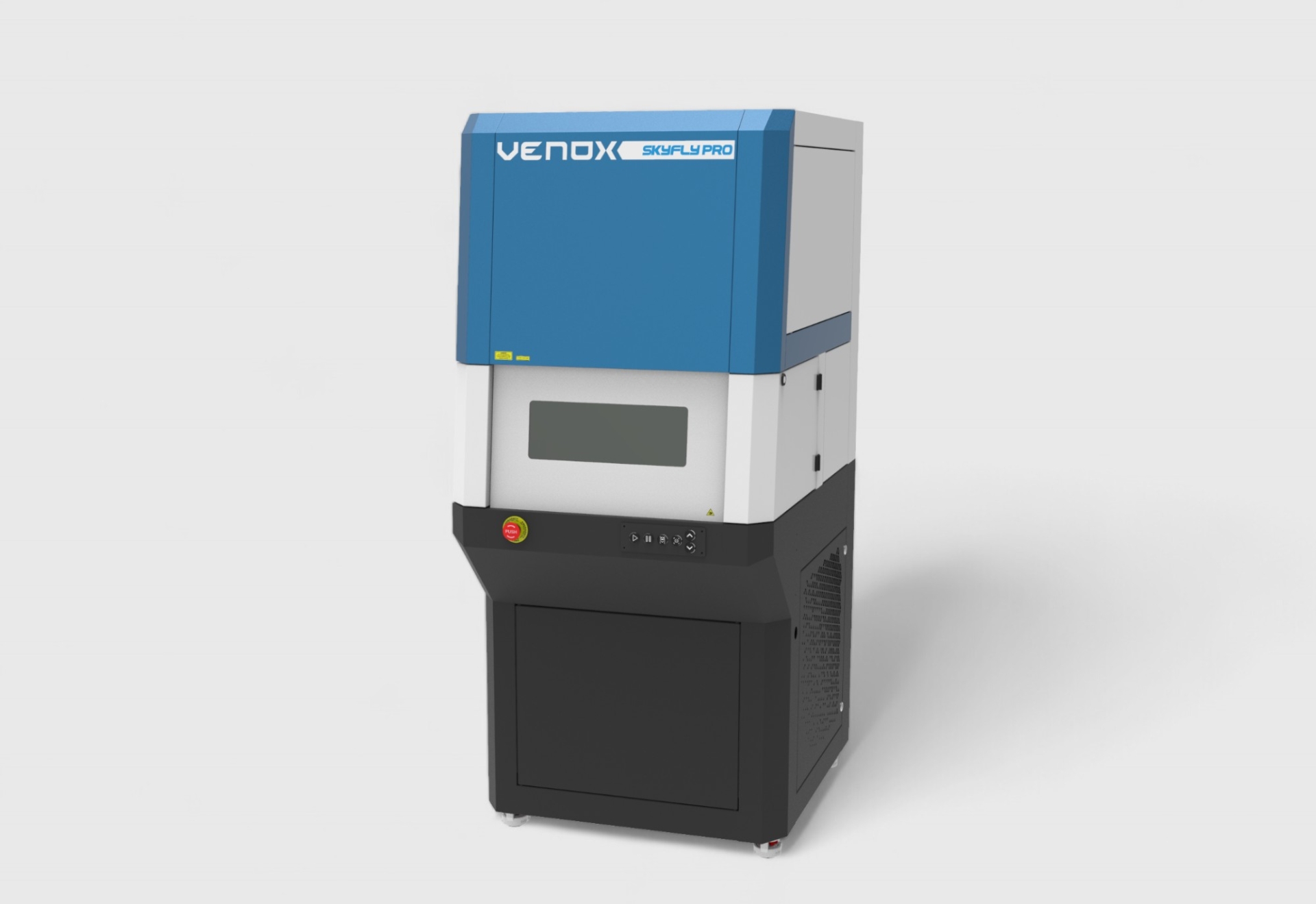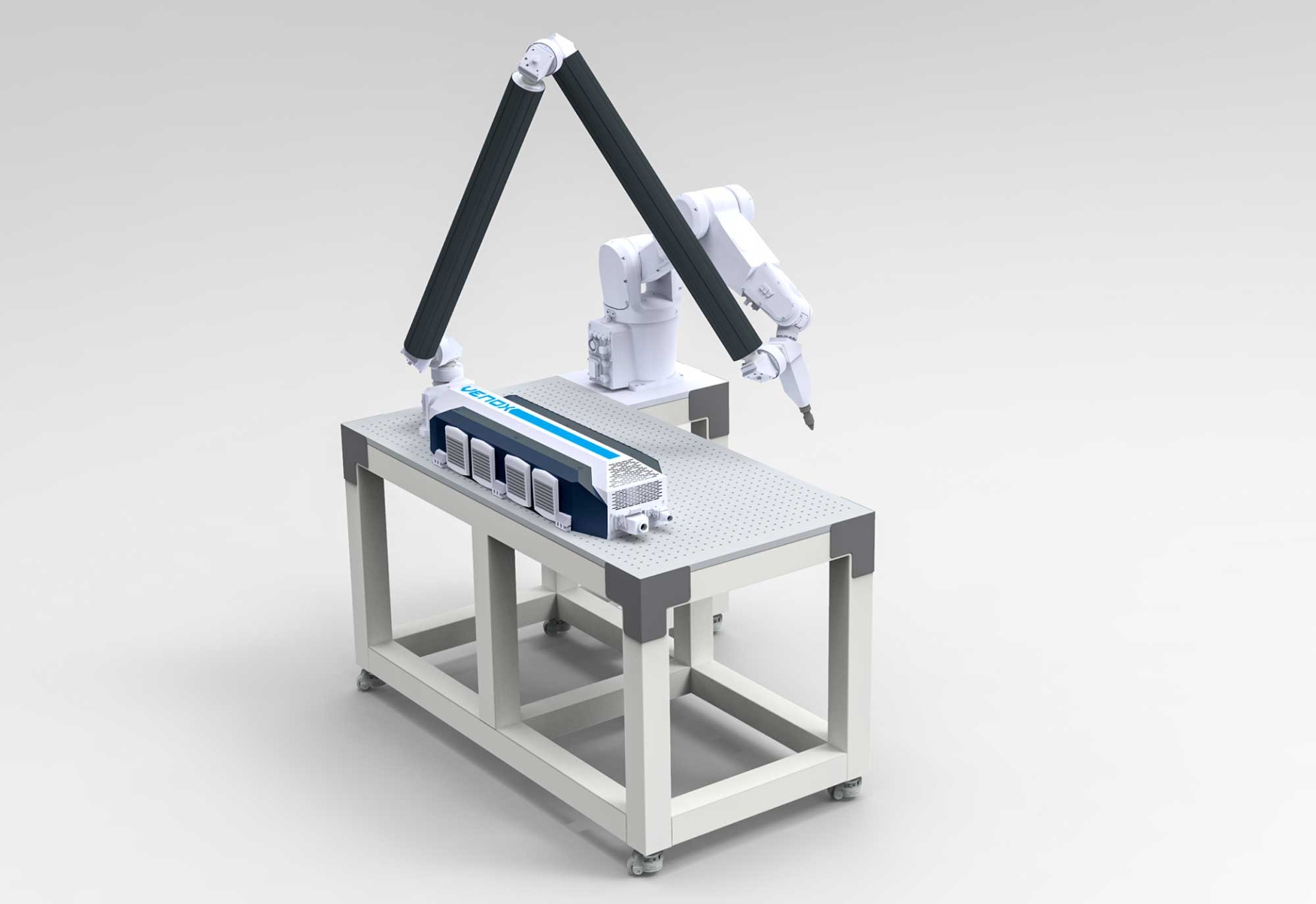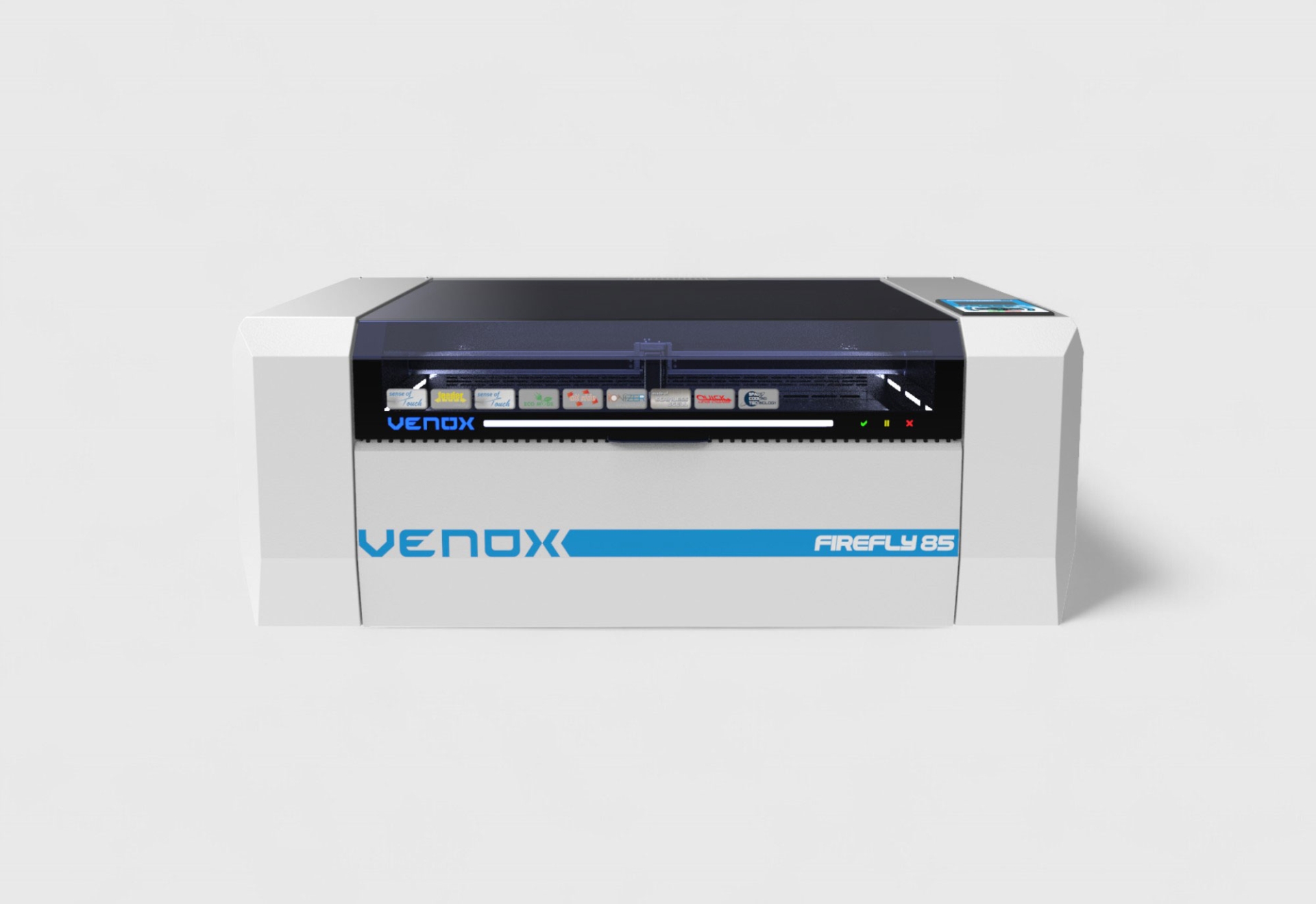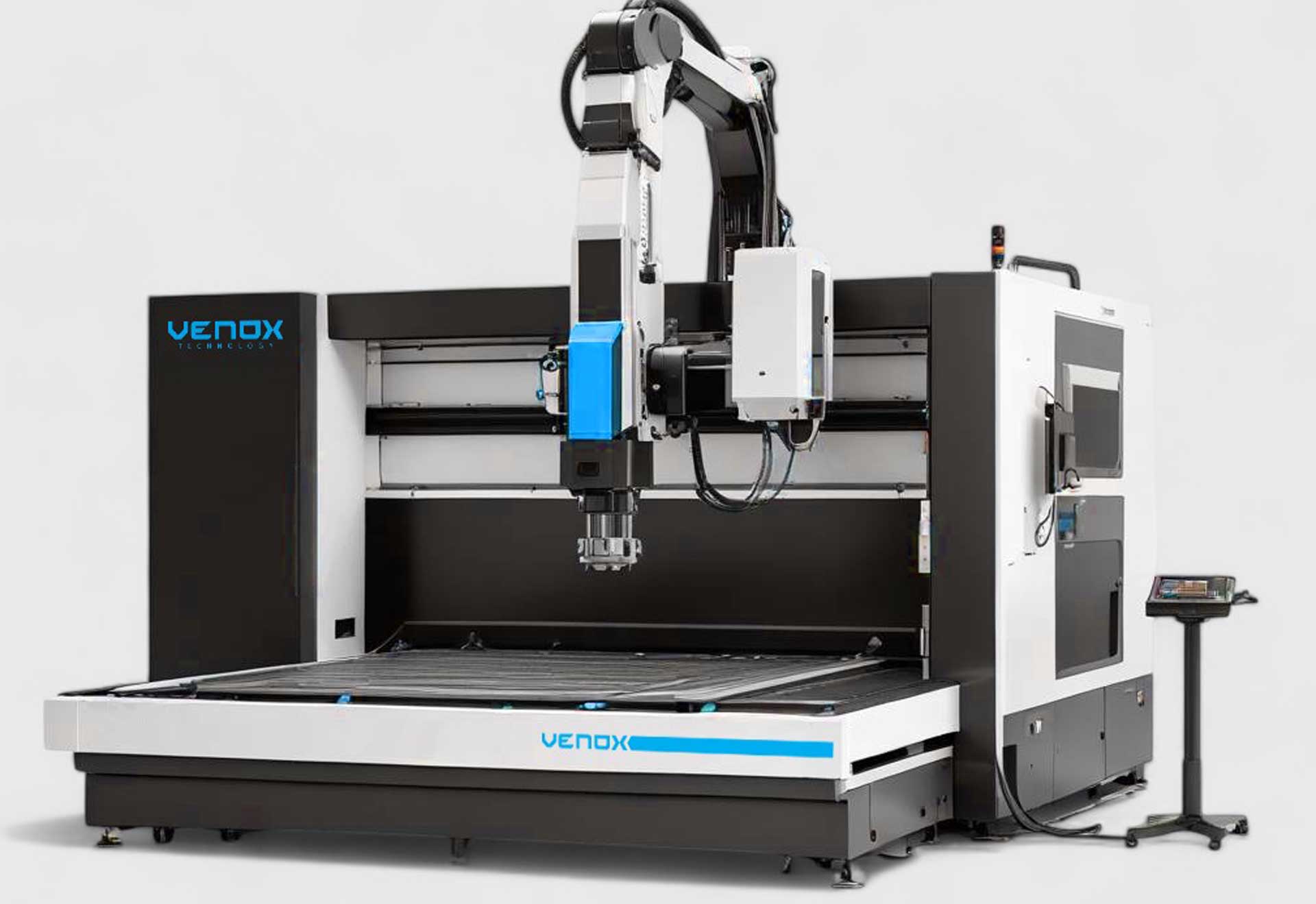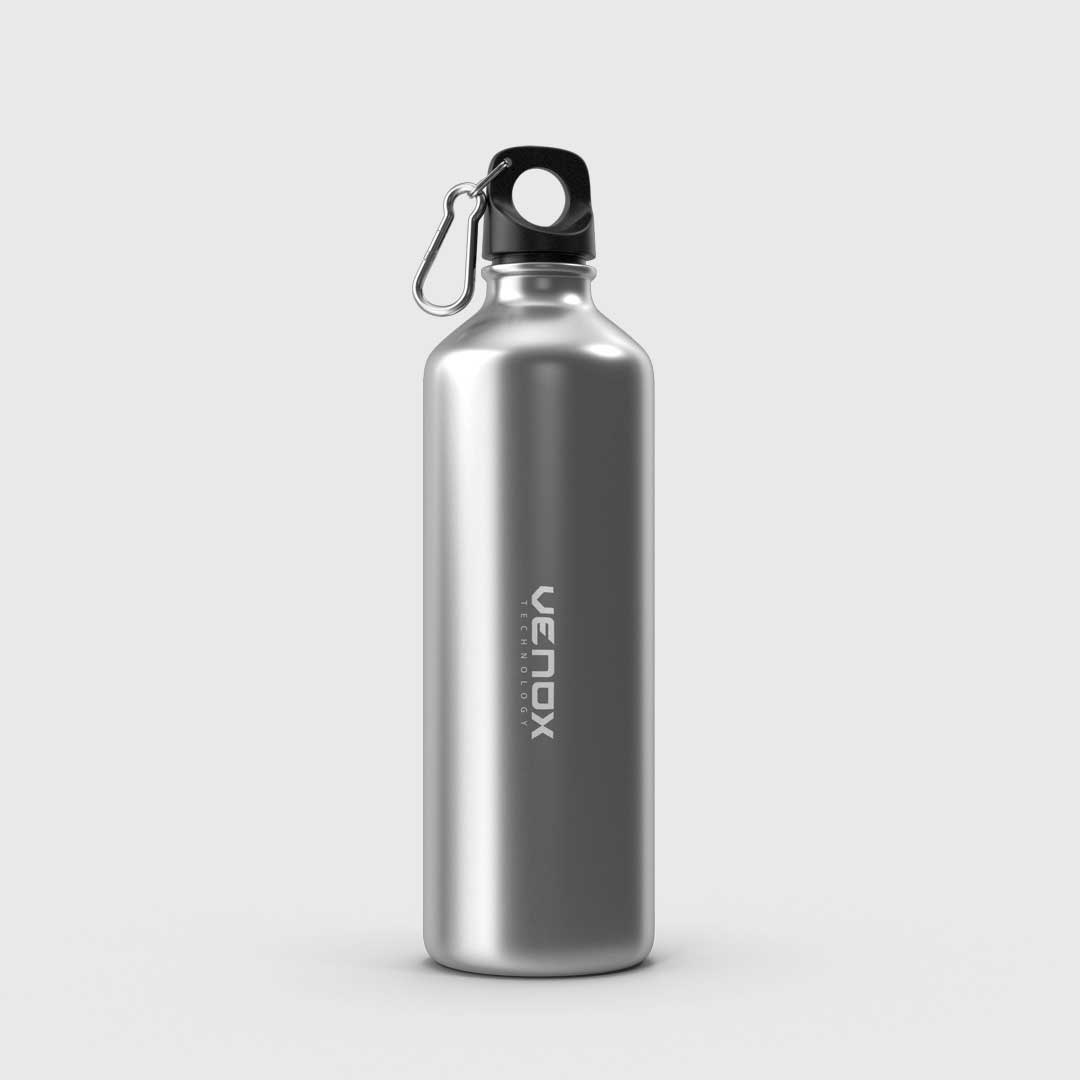Paint Laser Ablation: High-Contrast, Non-Contact Marking on Coated Surfaces
What Is Paint Laser Ablation?
Paint laser ablation is the process of selectively removing the paint/coating layer with laser energy from a metal or plastic surface. The goal is to achieve high-contrast text, logos, barcodes, DataMatrix, or graphics by revealing the color and reflectivity of the underlying substrate. It is a non-contact and repeatable process that does not require chemical or mechanical abrasion.
Which Lasers Are Used?
- Fiber laser (1064 nm/MOPA): Fast for fine ablation of paint; delivers sharp contrast on metal substrates. With MOPA pulse width tuning, the heat-affected zone (HAZ) is controlled.
- CO₂ laser (10.6 μm): Effective on organic paints and plastic coatings; ideal for large-area surface effects and decorative applications.
- UV laser (355 nm): Micro detail with low thermal impact; minimizes edge darkening and burr risk on heat-sensitive coatings.
Advantages of Paint Laser Ablation
- No chemicals: No solvents, acids, masking, or sanding required; superior for environmental and occupational safety.
- High contrast: When the top coat is removed, the base material becomes visible; produces a crisp, black–white-like visual difference.
- Speed and automation: Galvo scanning with thousands of mm per second; easy integration into in-line (laser marking systems) production.
- Flexibility: Instantly generate logos, serials, and QR/DM codes from CAD data; supports variable data marking.
- Low total cost: No consumables; eliminates die/ink costs and setup times.
Applications
- Automotive: Permanent marking on painted metal console parts, button icons, chassis labels, and interior door trims.
- Electronics: Logos/serial numbers on paint-coated aluminum housings, notebook and phone cases.
- Machinery manufacturing: Panel legends, warning signs, and CE/UID codes on powder-coated metal plates.
- Advertising – decoration: Indoor/outdoor signage, crests, and decorative patterns.
- Medical: Marking of painted surgical hand tools and equipment (contrast on biocompatible substrates).
Approach by Coating Type
- Powder coat (polyester/epoxy-hybrid): Thick film; use multiple shallow passes instead of a single pass to reduce edge carbonization.
- Baked/akrylic paint: Thin film; crisp contours with fiber or UV; high speeds are possible.
- Epoxy coating: Hard and durable; prefer low pulse energy and high repetition with UV or MOPA (see “Epoxy Laser Ablation”).
- Paint over anodized coating: Remove paint first, then, if needed, light ablation on the anodized surface; the bright substrate boosts contrast.
Process Steps (Step by Step)
- Sample and surface analysis: Determine paint thickness (μm), pigment type, and thermal conductivity of the substrate.
- Laser selection: CO₂/UV for thin organic films; fiber/UV for contrast on metal substrates.
- Parameter window: Optimize power, speed, frequency, pulse width (MOPA), scan pitch, and number of passes.
- Focus and optics: Proper F-Theta lens (110×110/200×200/300×300 mm) and spot size; critical for edge sharpness.
- Scan strategy: Angled hatching, multi-direction cross-hatching, and ramp up/down entries/exits.
- Exhaust and filtration: HEPA + activated carbon for fumes/particulates; essential for worker safety and optical lifetime.
- Verification: Vision-based inspection of contour, fill, and code readability (ISO/ANSI grade).
- Standardization: Prepare an SOP; link recipes and lot–serials via ERP/MES.
Technical Parameter Guide (Example Ranges)
- Fiber (20–50 W): 200–1200 mm/s; 20–200 kHz; MOPA pulse 4–200 ns. Use multi-pass for multilayer paint.
- CO₂ (30–60 W): 400–2000 mm/s; continuous wave or high-frequency modulation; efficient for large areas.
- UV (3–10 W): 50–400 mm/s; 20–100 kHz; preferred where micro detail and low HAZ are required.
Note: Values vary by coating thickness, pigment, substrate, and optical configuration; always perform DOE on samples.
Quality Criteria and Metrology
- Edge acuity: Inspect halo and burrs under a microscope.
- Contrast (L*/a*/b*):
- HAZ width: Minimal with UV/MOPA; reduced on CO₂ with air/cooling.
- Code quality: ISO/IEC 15415 (2D), 15416 (1D) grading; target A/B class.
Design for Manufacturability Tips (DFM)
- Stencils: Minimum stroke 0.15–0.2 mm for fine text; small QR/DM module size ≥ 0.25 mm recommended.
- Negative/positive design: On dark paint–light substrate use negative (remove paint); on light paint–dark substrate use positive (peripheral ablation) for better readability.
- Rounded corners: Lowers thermal stress peaks and reduces edge darkening.
- Multilayer pattern: Use halftoning to create gradient effects and a premium look.
In-Line Integration
With in-line laser marking systems, add encoder synchronization, camera verification, and a reject station to achieve 100% in-process quality. With ERP/MES connectivity, order–lot data are pulled automatically; combined cutting–marking stations shorten the cycle in a single setup.
Maintenance and Safety
- Optics cleaning: Periodic cleaning of protective window/lens; contaminated optics reduce contrast.
- Exhaust maintenance: Monitor filter saturation; fume recirculation damages optics.
- Eye protection and guarding: Use goggles rated for the wavelength; keep beam path guarding and interlocks active.
Frequently Asked Questions
Will the substrate under the paint be damaged?
If parameters are correct, only the paint layer is removed. With UV/MOPA, lower per-pulse energy enables a near-zero thermal impact on the substrate.
Can the process be done without knowing the paint type?
Not recommended. Perform a small DOE on a sample to determine threshold energy, number of passes, and speed/power balance.
Is laser ablation fast over very large areas?
Galvo + wide F-Theta increases speed but reduces energy density. For large areas, layered scanning and segmentation are recommended.
Can multicolor effects be created with colored layers?
Yes. By selective ablation at different depths, the colors of underlying layers can be revealed to produce multi-tone graphics.
Machine Selection Criteria (Checklist)
- Coating thickness and pigment: Thin film → UV/CO₂; thick film → fiber/CO₂ + multi-pass.
- Substrate material: Fiber/UV is more controlled on metal substrates; CO₂/UV on plastic substrates.
- Field and resolution: 110×110 mm for max detail; 200/300 mm for speed/coverage.
- Automation: PLC/robot integration, vision, encoder; compatibility between machine and system.
- Filtration and workplace safety: HEPA + activated carbon; negative pressure inside the enclosure.
